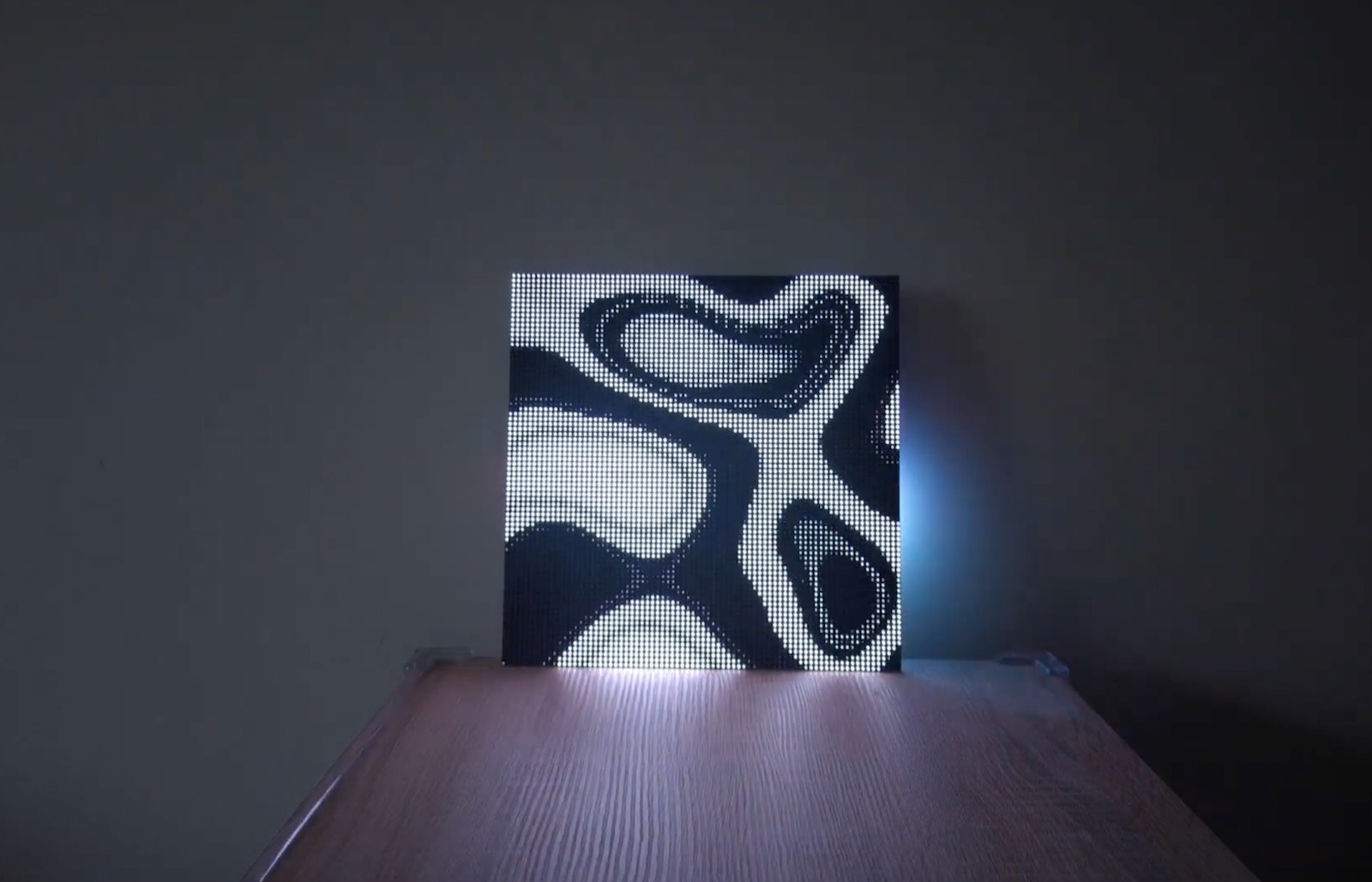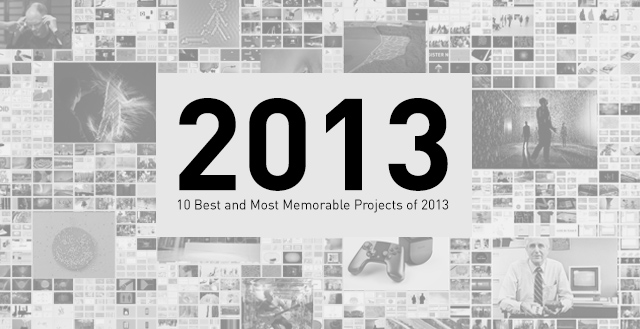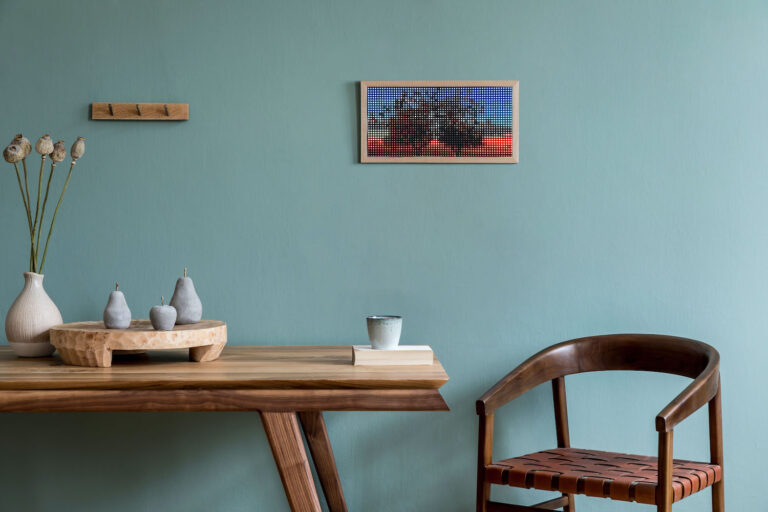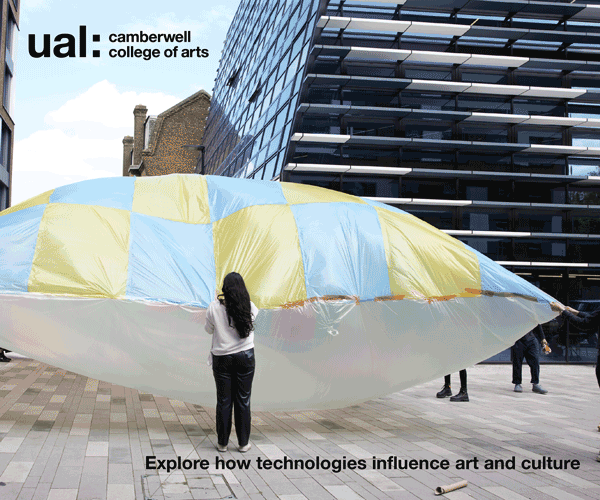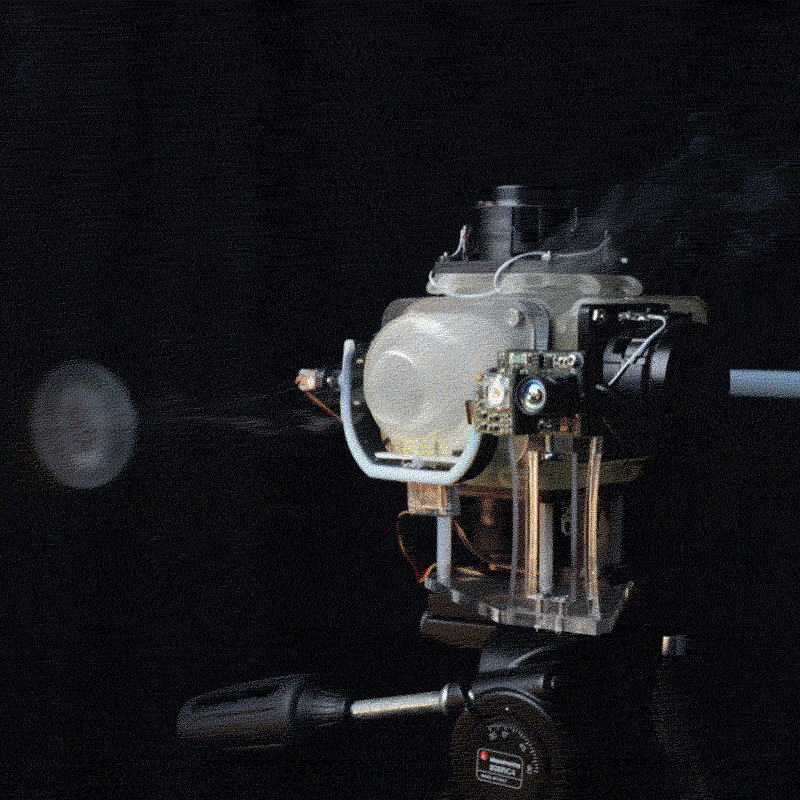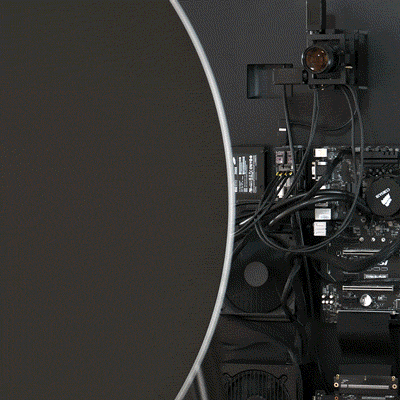We’ve all seen massive video walls on buildings, malls, billboards and sometimes on $2.3 billion spheres. The basic building block of these installations, RGB LED matrices have been around for a long time. Being mass-produced hardware, they are quite robust and can be procured for relatively cheap from Aliexpress or with markup from Adafruit or similar DIY brands. Livegrid is a harmonious blend of technology and art that brings environmental awareness right into your living space – now looking for support on Kickstarter.
How do LED Panels work
So you got yourself a dozen of shiny new LED panels, and you can’t wait to watch your favourite movie Shrek. You have your computer and an HDMI cable, but there is no port on the panels. And how do you power them anyway. This is where the problems start. Unlike the addressable LED strips (WS281X, Neopixels etc) which only need 5v power and 1-2 data lines, driving these panels is way more complicated.
In a typical commercial setting, you will need a Sender card, which connects to your computer via HDMI, a Receiver card, which receives data from the Sender card, and finally, connects to multiple LED modules. You will need a good 5v power supply as well. You can see more details on this setup here and here. This setup will cost you upwards of $300, and the software UI will force you to pull your hair.
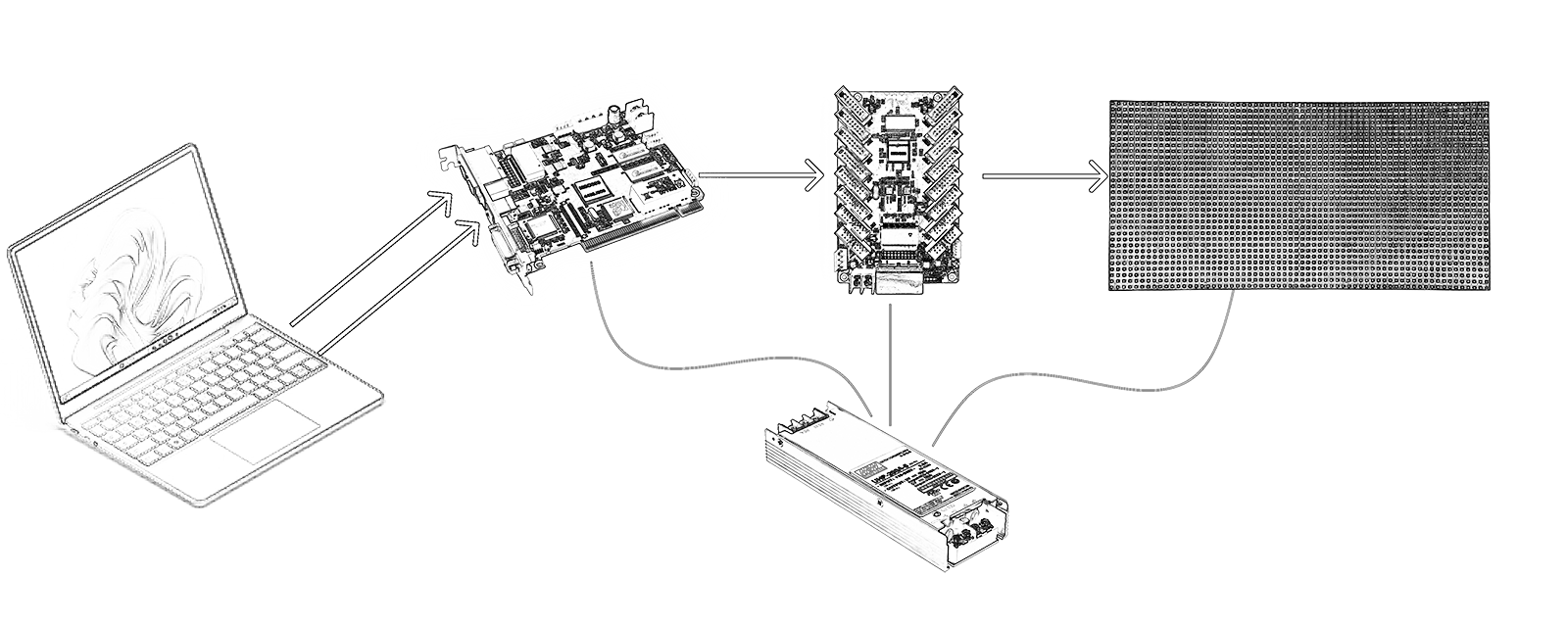
Thanks to a few open-source projects, it is now possible to use a Raspberry Pi or an ESP32 to do this. But since the tech behind these panels is constantly evolving and the Chinese suppliers are famously bad at communication, you will often end up with panels that don’t behave precisely as you imagined – and none of the open-source libraries support it. You just wasted $$$ and now have made a tiny contribution to all the e-waste going around.
↑ Dominik Zisch, Developer – Dominik pushed Livegrid to another level by significantly adapting the codebase for his own use and connected it to his Home Assistant in his own unique way. This is possible because of the entire software is open-source which helps you get where you want to be with no restrictions whatsoever.
Livegrid: Effortlessly control LED panels
Livegrid is a project I started around 3 years ago to tackle this exact problem. The idea was to build a simple kit that works out of the box and even comes with a simple app that lets you upload images, write text, and stream videos. I finally quit my job last year to work full-time on it and launched a Kickstarter campaign, which is doing quite well.
As a plug-and-play device, Livegrid is an environment-sensing display that uses a Tamagotchi-inspired aquarium to express data intuitively and beautifully. You can read all about it on the Kickstarter page, but for this post, we are going to focus on the developer features of this product.
How does this work
Livegrid solves the problem by offering a kit which has everything you need to get to work. It offers multiple interfaces which let you skip all the hard work and simply focus on creating.
Home Assistant
Supported out of the box with minimal config.
MQTT
Display text from external feed.
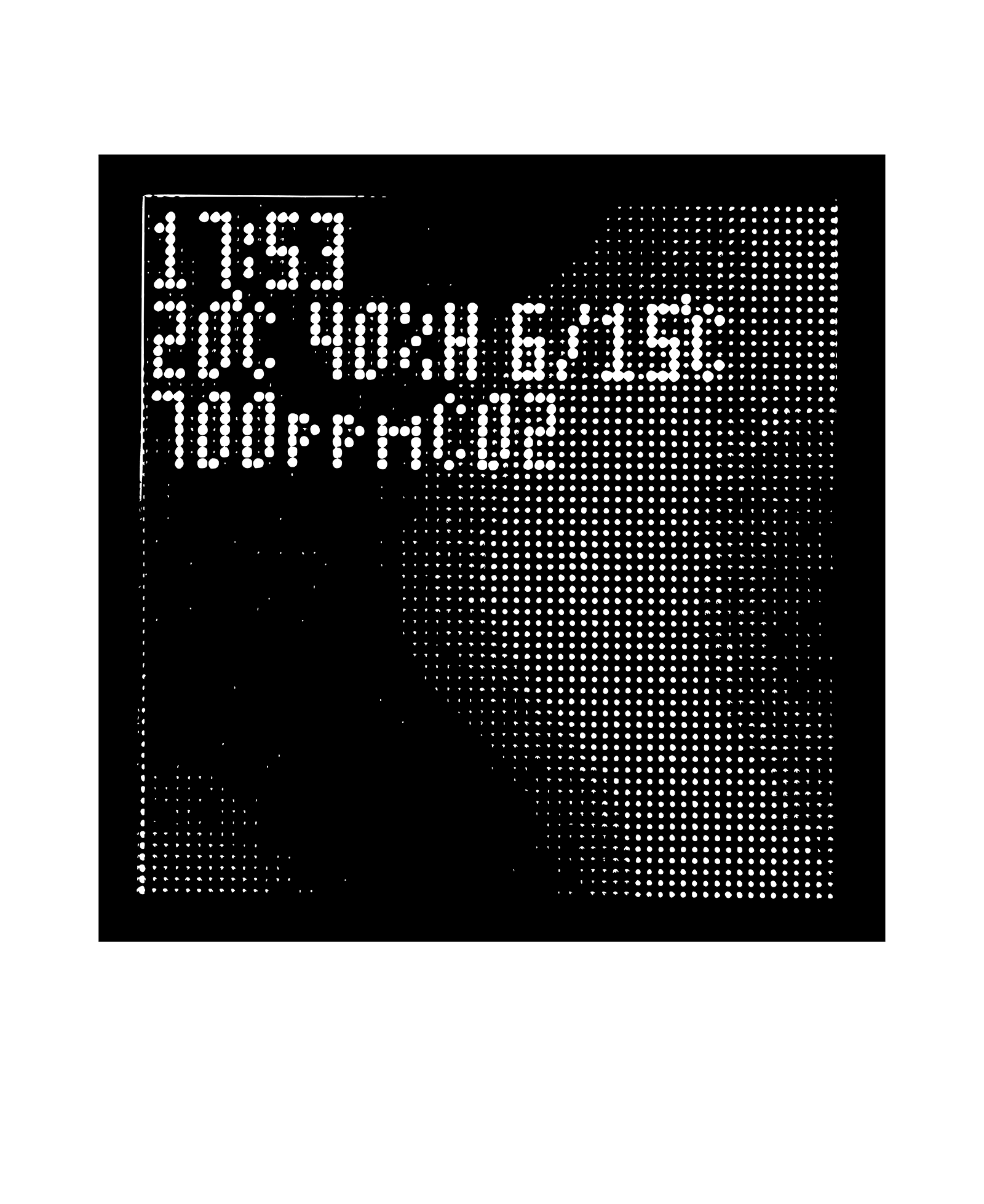
Local PWA
Progressive Web App hosted within the device
Open Source
Make Livegrid your own with an MIT Licence
Local PWA –– An app hosted locally within the device lets you do some basic customisations and unlock advanced functionalities by connecting Livegrid to your local WiFi. Watch video.
eDMX –– Use ArtNET or SACN to stream live video data to Livegrid at 30fps via WiFi. eDMX protocols are supported by all popular visual effects softwares like Resolume, Madmapper, Unity, Processing, p5.js. Watch video.
MQTT –– A web app hosted within the device makes it easy to connect MQTT streams in your local network to show data or trigger actions within Livegrid. Connecting to Home Assistant is seamless as well if that’s your thing.
No Cloud = No Problems –– For some reason, everything connects to the cloud these days. This is not just wasteful (using more energy, servers etc), but also ends up making the user experience overly complicated by adding subscriptions, lack of ownership etc. Unless you customise Livegrid to do so, it has zero dependency on cloud – which means it’s timeless and you own it 100%.
Fully Open Source –– The source code and the hardware details of Livegrid will be made fully open source on release, which means the only limit is your own programming skills – which the GitHub repository will help you with. It’s already out, check it out here.
Under the Hood
The hardware design of Livegrid is quite straightforward. It is simply a controller + environmental sensors mounted on the back of the LED panel with a backing. Wooden frame and diffuser can be optionally added.
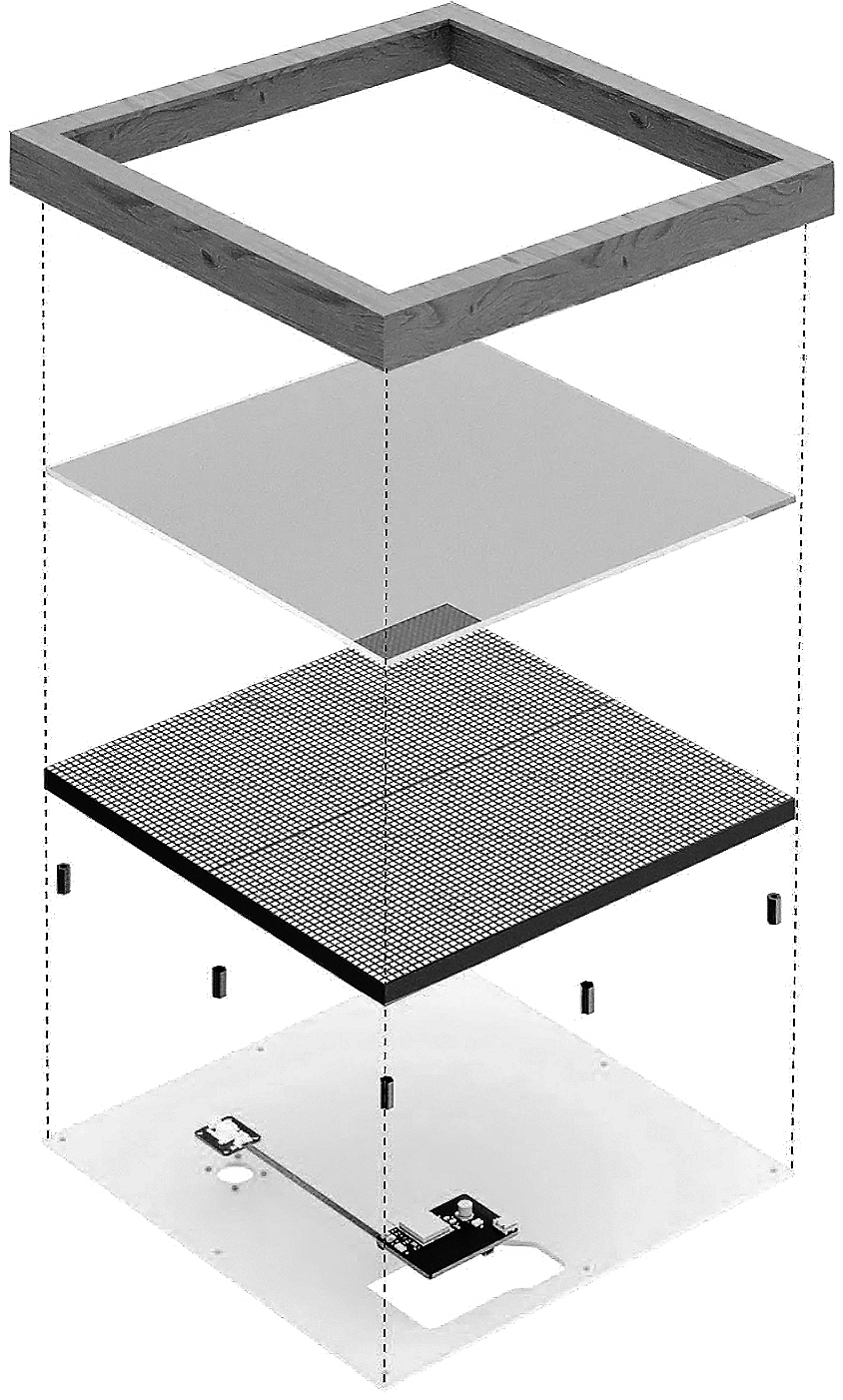
• Wooden Frame (Optional)
• Diffuser (Included with Frame)
• LED Matrix
• Semi-Transparent Back Panel with Logic Board and CO2 Sensor
Dimensions: 270mm x 270mm x 35mm
NOTE: If you check out the Kickstarter, you can get your hands on decommissioned up-cycled panels and save some cash.
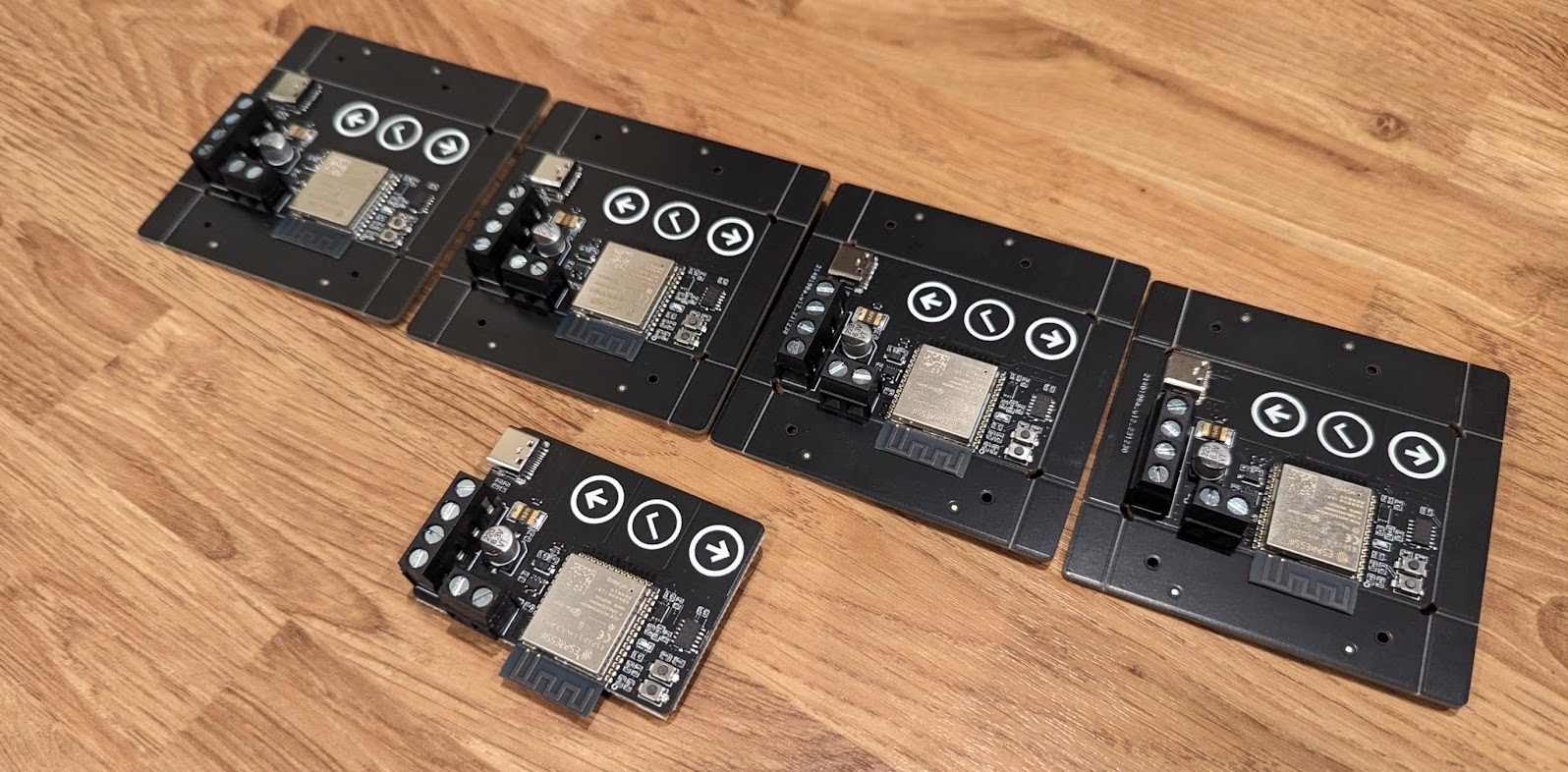
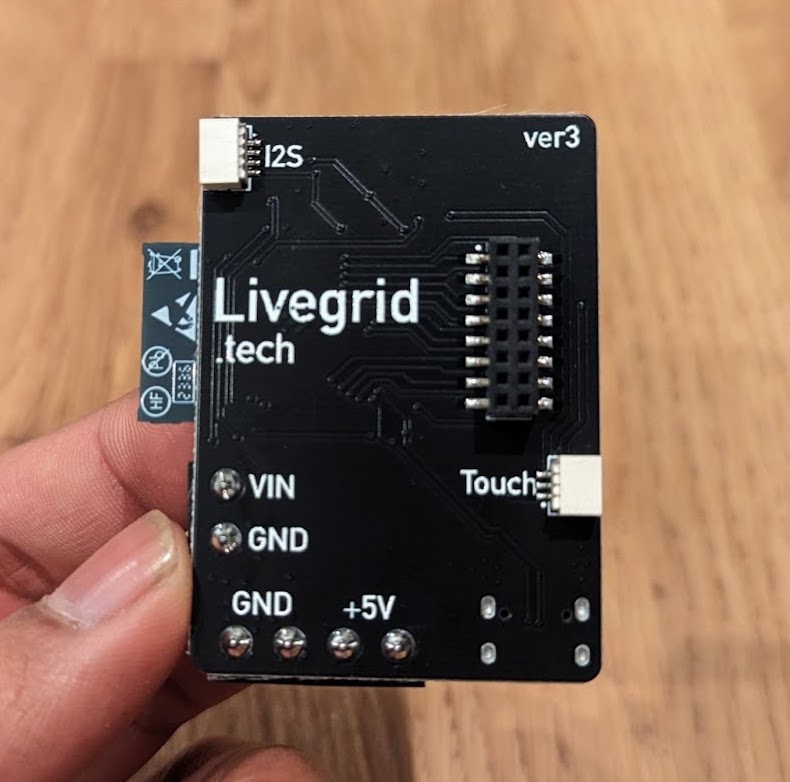
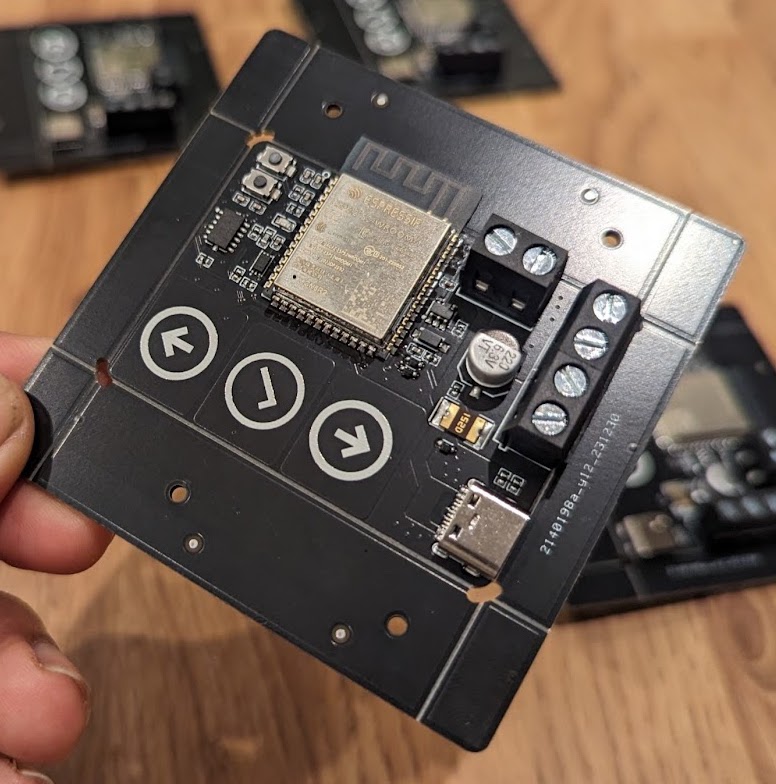
The controller ↑ is equipped with a powerful ESP32-S3 microcontroller and a bunch of sensors.
Hardware Specs
The open-source software and hardware are meant to help you understand its internals and make Livegrid your own – Github
- HUB75 led matrix, 64×64 pixels (78×78 pixels for upcycled version).
- Bosch SCD40 CO2, temperature and humidity sensor.
- 5V 3A USB-C power + data.
- ESP32-S3 N8R8 WiFi module.
- Light sensor for auto-brightness control.
- Rotation Sensor for auto-orientation control.
- 3 x touch buttons for basic controls.
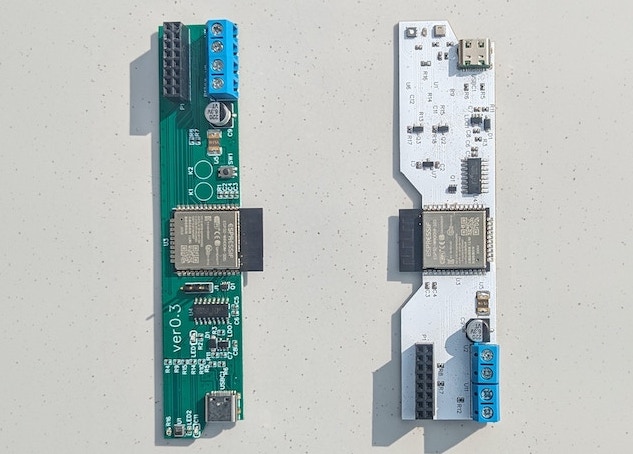
Kickstarter Campaign
I tried to follow the sell-as-you-build philosophy for this project but it didn’t pan out. Developing a product to a level where it is robust enough for everyday users turned out to be a much more significant challenge than I had anticipated. I kept running into minor glitches, and after a year of development and running out of my savings, I still needed time to get it done. Working from my boat meant I could not even keep my laptop running during the winter and needed a space to work.
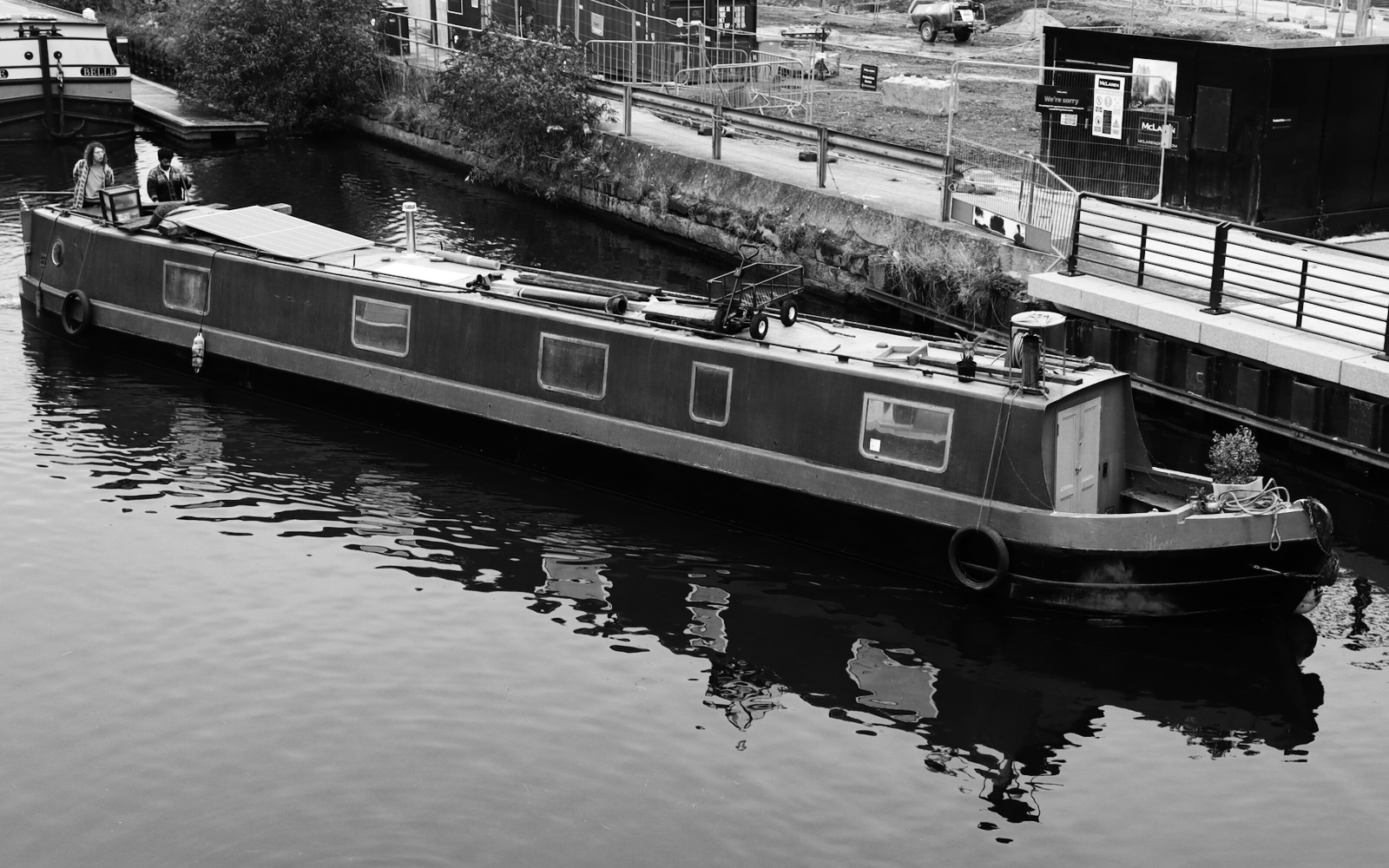
After some valuable advice from Rob Hallifax, I prepared and launched the campaign – which ended up failing. I made many mistakes in that launch, which is great because when I re-launched, the campaign was a success.
Follow the official Instagram account to get more in-depth videos and interactive content, and finally, the official webpage of Livegrid. Please subscribe to get more personal updates (no spamming).
That’s all for today. If you have any questions, post them in the comments below or email them at contact@livegrid.tech.




Artist: ArtNet and SACN supported by almost all the creative visual softwares, can be used to stream visuals to Livegrid with minimal setup at 30fps.

